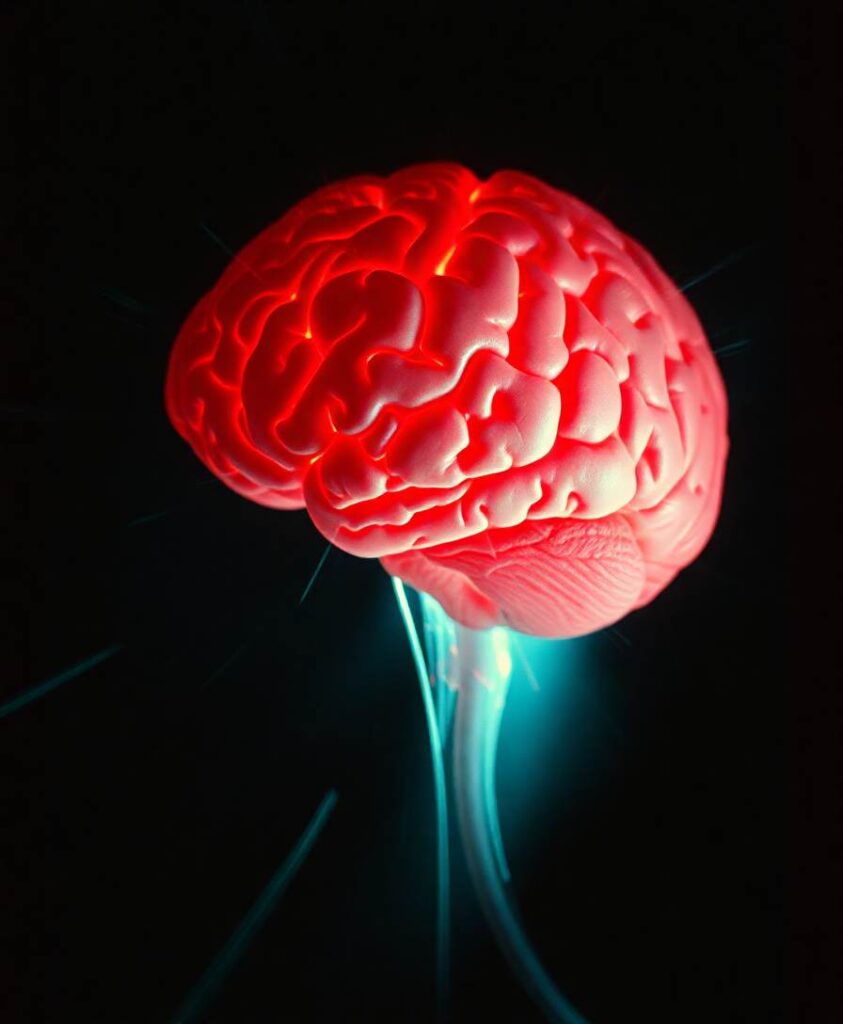Cellular and Network Mechanisms for Temporal Signal Propagation in a Cortical Network Model
Effective (fast, reliable, and accurate) information propagation through multiple brain regions underlies cognitive processes. However, it remains unclear how neural circuits support the propagation, particularly over a background of irregular firing and response latency. Here, we propose a temporal coding model for the cellular and network mechanisms of the cortical propagation through the anatomical-functional integration across different scales of neural systems via dynamic, probabilistic, and statistical analyses. We hypothesize that synchronous spike events are a cortical population response to high-intensity thalamic input by which a high-density spike train is segregated into many low-density spike trains to avoid the lengthened latency caused by the high-intensity signal, thereby enhancing transfer speed. Moreover, cortical minicolumns prevent repeated activation of synchronous spiking events and facilitate transfer speed by parallel propagation via neurons with a column stereotypically interconnected in the vertical dimension, while columnar segregation avoids information loss in disassembly-parallel propagation. Under the Synchronous Spiking-Cortical Columns hypothesis, effective signal transfer in neural circuits relies on interneuron signal transfer with temporal-complete fidelity. We elicit a single-neuron encoder by modeling the membrane potential in response to stimulation as a resilience system in the nonlinear autoregressive integrated process derived by applying Newton’s second law to stochastic resilience systems. A decoder is introduced to correct the response error of the encoder based on all-or-none law and backpropagation. Using the encoder-decoder as a signal propagator in interneurons, simulation studies are conducted where the input spike trains are generated by the right parietal 4 neuron and by a sound wave simulator, respectively. Statistical analysis and and simulations indicate that the encoder–decoder can effectively reproduce intracellular recordings from the right parietal 4 snail neuron and predict that interneuron transfer can achieve temporal-complete fidelity via regulations of ionic homeostasis and all-or-none law/backpropagation. Disfunctions of synchronous spiking and minicolumns may be the proximate cause of epilepsy or cognitive disease.
Aiyana is an Indigenous educator from Alberta, with a background in environmental science and community wellness programs. She volunteers as an author to explore how traditional knowledge intersects with modern neuroscience to unlock human resilience and potential.



